 Movies and TV
Movies and TV  Movies and TV
Movies and TV  Health
Health 10 Horrifying Things That Can Happen to Your Eyeballs
 Weird Stuff
Weird Stuff 10 Hilarious-Sounding Recent News Stories
 Movies and TV
Movies and TV 10 Unsettling Real-Life Events That Inspired Iconic Horror Films
 Travel
Travel 10 Nightmare Plane Rides That Will Make Your Last Flight Seem Like Paradise
 Movies and TV
Movies and TV 10 Bizarre Events That Happened on the Set of Poltergeist
 Music
Music 10 Times Musicians Made Headlines for the Wrong Reasons
 Movies and TV
Movies and TV 10 TV Episodes That Almost Never Made It To Your Screen
 Politics
Politics 10 Times Dictators Tried to Rewrite Their Own Childhoods
 Movies and TV
Movies and TV 10 Spanish-Language Horror Films That Will Haunt Your Dreams
 Movies and TV
Movies and TV 10 Eerie Tales From Behind The Scenes Of Rosemary’s Baby
 Health
Health 10 Horrifying Things That Can Happen to Your Eyeballs
 Weird Stuff
Weird Stuff 10 Hilarious-Sounding Recent News Stories
Who's Behind Listverse?

Jamie Frater
Head Editor
Jamie founded Listverse due to an insatiable desire to share fascinating, obscure, and bizarre facts. He has been a guest speaker on numerous national radio and television stations and is a five time published author.
More About Us Movies and TV
Movies and TV 10 Unsettling Real-Life Events That Inspired Iconic Horror Films
 Travel
Travel 10 Nightmare Plane Rides That Will Make Your Last Flight Seem Like Paradise
 Movies and TV
Movies and TV 10 Bizarre Events That Happened on the Set of Poltergeist
 Music
Music 10 Times Musicians Made Headlines for the Wrong Reasons
 Movies and TV
Movies and TV 10 TV Episodes That Almost Never Made It To Your Screen
 Politics
Politics 10 Times Dictators Tried to Rewrite Their Own Childhoods
 Movies and TV
Movies and TV 10 Spanish-Language Horror Films That Will Haunt Your Dreams
Space
Random List
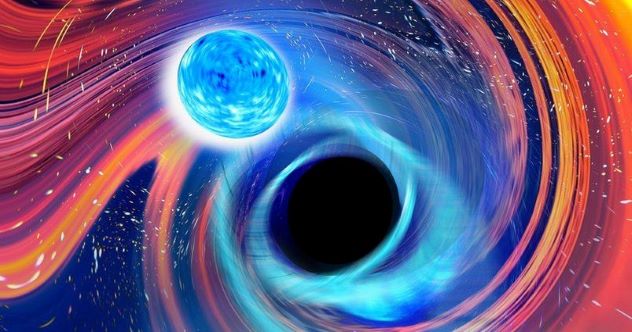 Space
Space Ten Cosmic Secrets That Science Cannot Fully Explain
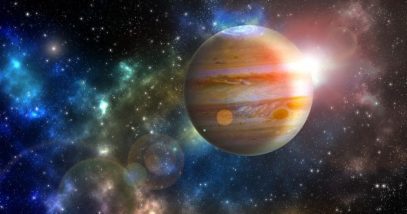 Space
Space Ten Astonishing New Insights into Alien Worlds
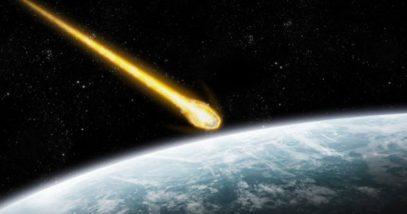 Space
Space 10 “City‑Killer” Asteroids That Scientists Are Actively Tracking
 Space
Space 10 Weird Space Images That Look Like Unlikely Things
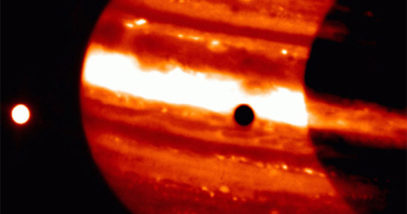 Space
Space 10 Crazy Ideas About Our Solar System
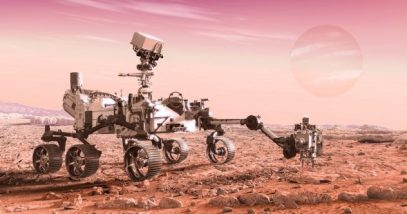 Space
Space 10 Mind-Blowing Discoveries for Life on Mars
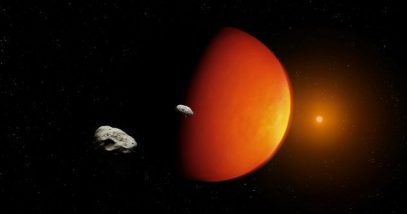 Space
Space 10 Mind-Blowing Revelations About Our Solar System
 Space
Space 10 Crazy Ideas for Colonizing Outer Space
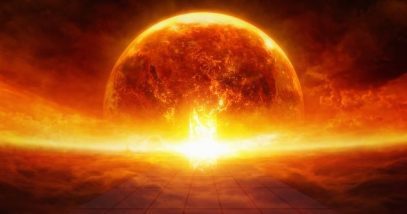 Space
Space 10 Incredible Scenes of Cosmic Violence
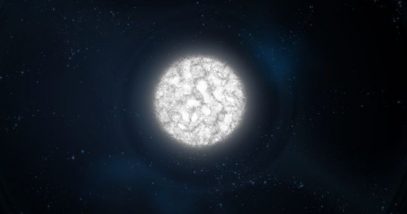 Space
Space 10 Amazing Valentine’s Day-Themed Space Phenomena
 Space
Space 10 Spectacular Solar System Secrets
Editor’s Picks
 Movies and TV
Movies and TV 10 Psychiatric Diagnoses Of Horror Villains And Their Victims
 Movies and TV
Movies and TV 10 Greatest Movie MacGuffins Of All Time
 Movies and TV
Movies and TV 10 Iconic Movie And TV Restaurants That Are Actually Real
 Movies and TV
Movies and TV